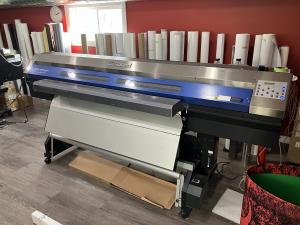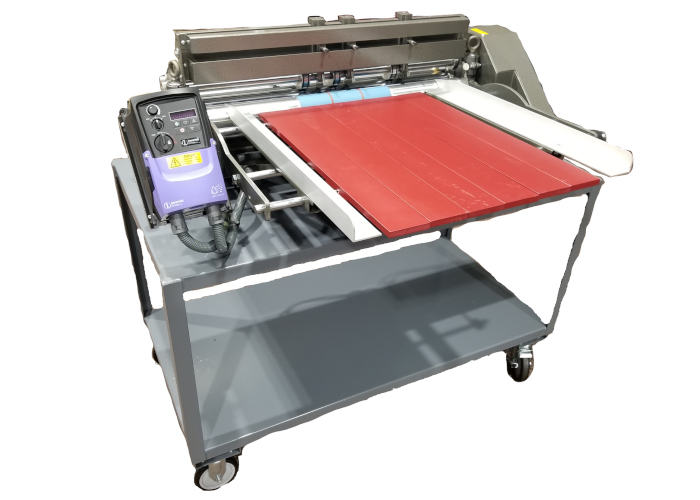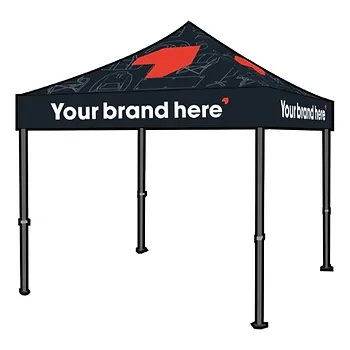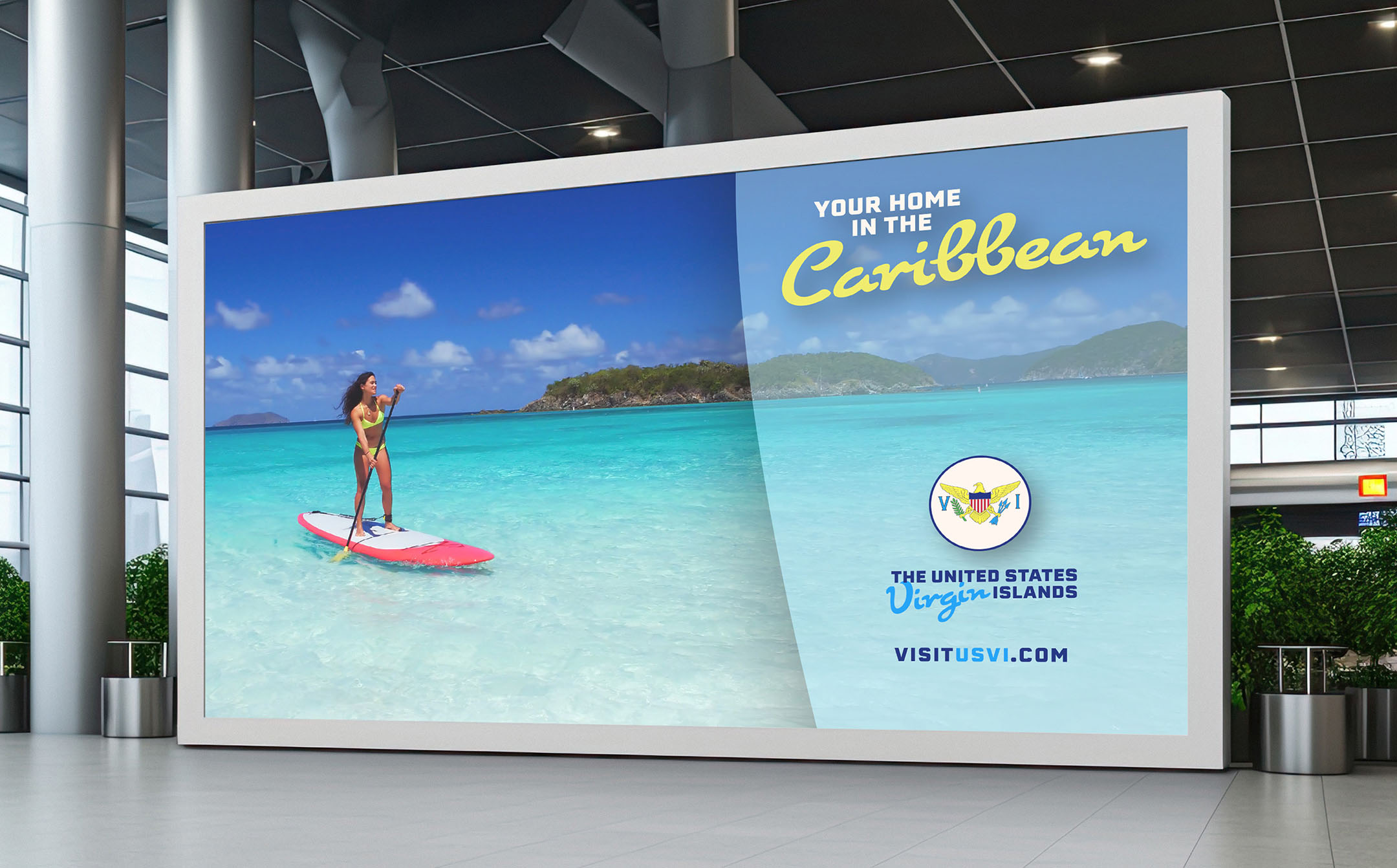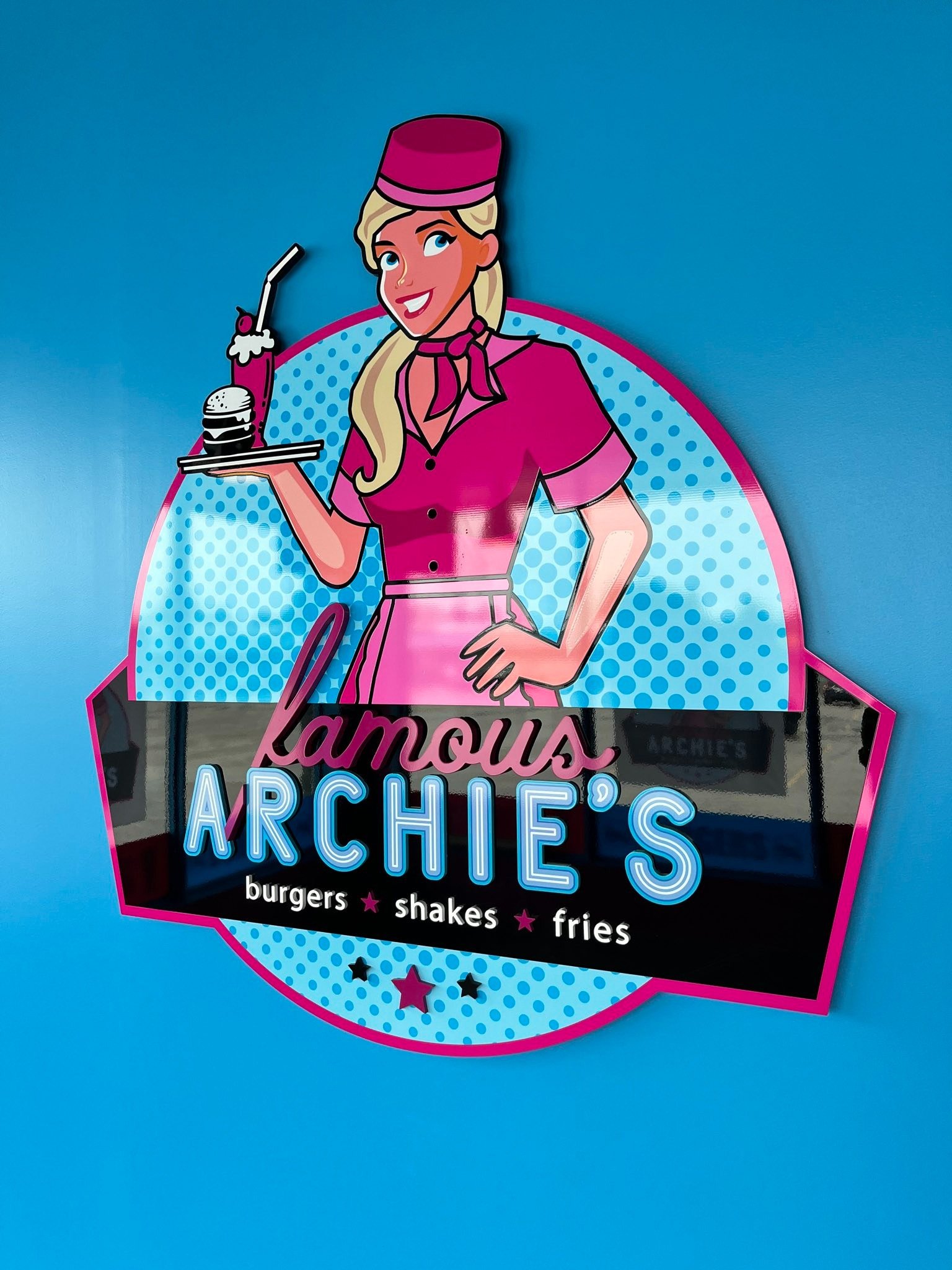Digital Signage: Dynamic communications for food services
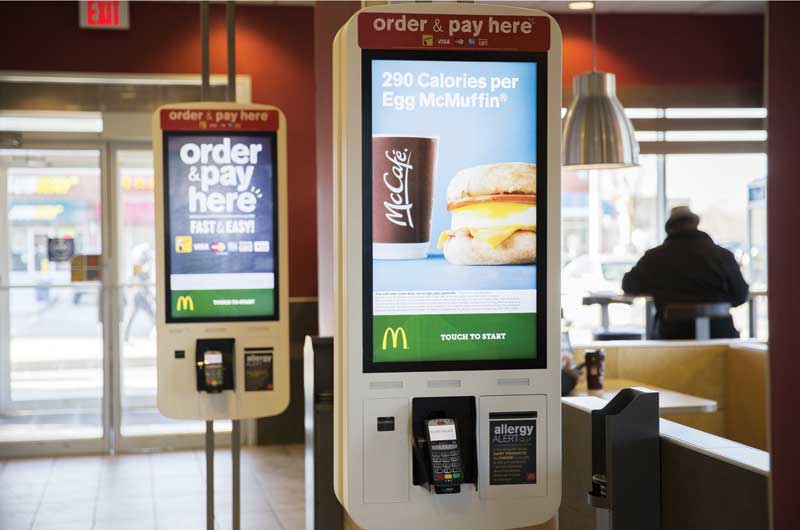
By Lyle Bunn
The food-service sector is a high-growth area for digital signage. Quick-service restaurants (QSRs), food courts, cafeterias, fast casual restaurants and dining halls have all been enhanced with digital menu boards, as well as screens in waiting and dining areas, lounges, self-ordering zones and play areas.
Digital signage not only adds vitality to and modernizes a food-service environment for purposes of branding, merchandising, ambience and appeal, but also supports customers’ desire for detailed information and compliance with emerging menu labelling regulations. (Editor’s note: such regulations came into effect across Ontario this year, whereby food-service providers with 20 or more locations in the province must include the number of calories for each food and beverage item on their menus. Similar nutrition labelling rules are set to apply in the U.S., under the auspices of the Food and Drug Administration [FDA], beginning on May 5.)
Fortunately, as the use of digital signage has increased and improved, technology costs have declined steadily, offering the opportunity for sign shops to bring the medium to more and more of their customers in the food-service industry.
Certainly, this industry represents a sizable market. In 2013, sales across North America’s 980,000 restaurant locations were estimated to total $660 billion, according to the National Restaurant Association (NRA), accounting for 47 per cent of all food spending.
From simple to complex
While relatively simple uses of digital signage can deliver cost savings and increase revenue for restaurants, higher value is realized when more complex features like dayparting (i.e. adjusting content for different mealtimes), linking data to inventories (e.g. promoting surplus menu items) and mobile engagement (e.g. downloadable coupons).
“The role of digital signage within the QSR industry is evolving rapidly,” says Chris Riegel, CEO of digital signage software, hardware and network service provider Stratacache. “Digital menu boards, in particular, are proving their value in helping restaurants dramatically increase the profitability of their operations. A high-quality graphic of a premium product, showing its features and benefits, entices the consumer to select it versus another product.”
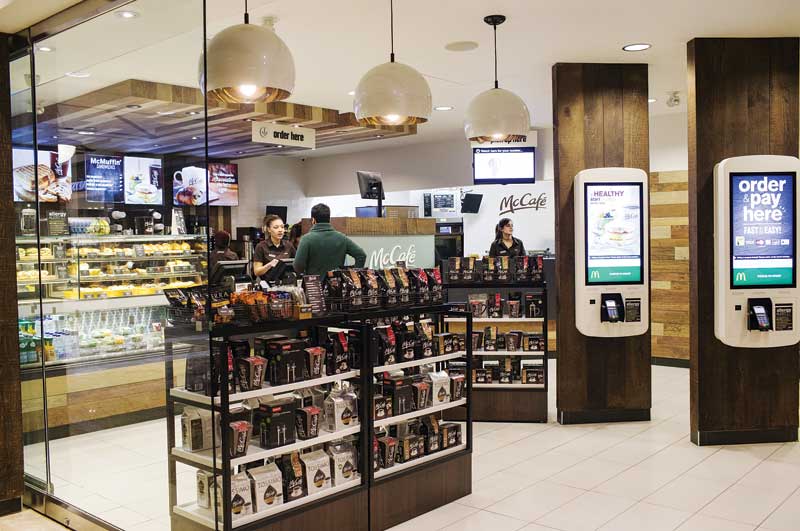
Digital signage has replaced much static signage in restaurants because its content can be dynamically displayed as is best-suited to a specific demographic, location and time of day. It can also repurpose other digital brand assets, such as those used online.
Another advantage is the centralized control of that content, which enables greater flexibility and can ensure 100 per cent compliance in terms of presenting the right messages to the right people at the right time. Typically, content is integrated in a loop of between two and 20 minutes in duration, coinciding with the length of time customers are in viewing proximity (e.g. a shorter loop for a menu board, a longer loop for a dining area screen).

